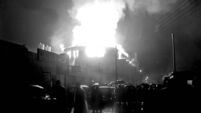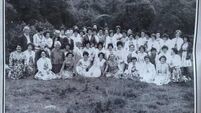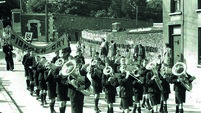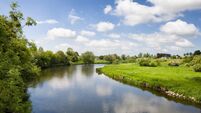A bomber caught on Parliament Bridge: Cork stories in the headlines 100 years ago
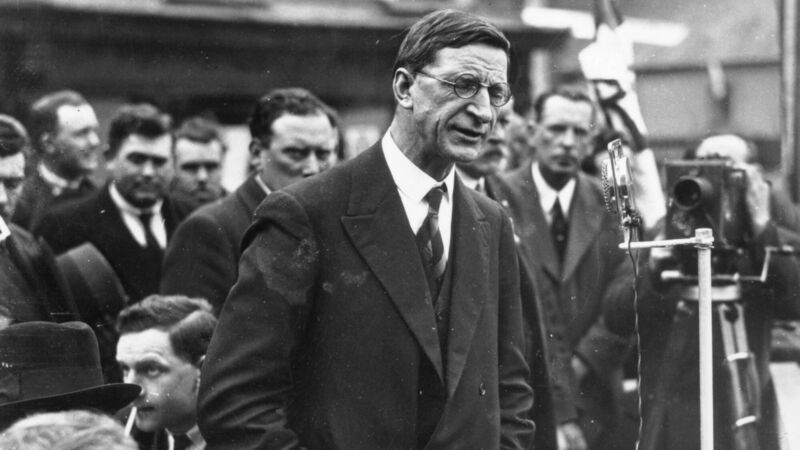
Éamon de Valera. Richard says: "The Dev mystique was growing rapidly."
Hopes of peace being brokered in the War of Independence seemed considerably nearer, the Echo reported on January 8, 1921, as a way had been found to bring the British Government and Sinn Féin into direct communication.
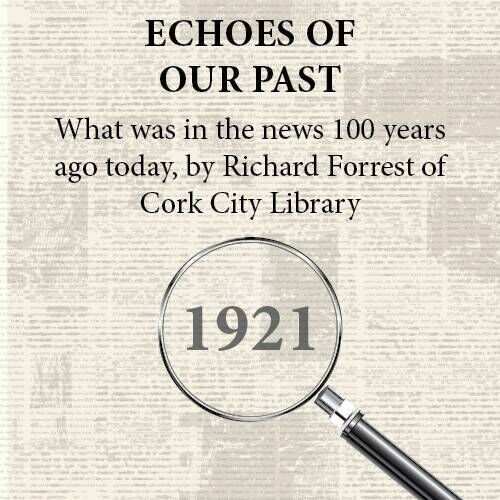
Fr Michael O’Flanagan, the party’s vice-chairman, was proving a natural intermediary and conferring with Prime Minister David Lloyd George.
The Dev mystique was growing rapidly. He was just back from a successful tour of America and Sinn Féin were at pains to point out that statements about him and his views in the Irish and English press were nothing more than speculative guessing. “The Irish people will pay no attention to them until they hear from President de Valera directly and officially,” it said.
As for the monarchy, there were now two kings in Ireland and neither was George V, the party said. Edward Carson had the British army at his back, the government in his pocket and machine guns. While Dev had the Irish people at his back, the sentiment of the civilised world and the sword of the spirit, it said.

General Strickland’s ‘Report into the Burning of Cork’ a month earlier had still not seen the light of day amid a growing clamour from diverse quarters that it be swiftly published. It was believed the Chief Secretary for Ireland Sir Hamar Greenwood’s denial in the House of Commons that Crown forces had started the fires was at the root of the delay. It was precisely such a scenario that the report was increasingly believed to imply. If Strickland’s Report was not forthcoming, “no-one would have any doubt about the authors of its suppression”.
Patrick O’Keeffe, of 13, East View Terrace, Cork, was brought before a Court Martial. He wasn’t legally represented and refused to recognise the court or make a statement.
At the time he tried to justify himself by saying an official at Union Quay knew all about it but the court found him guilty and he was sentenced to ten years’ penal servitude.
Police: 192 killed, 263 wounded. Military: 54 killed, 122 wounded. 533 RIC Barracks destroyed, 173 damaged. 69 courthouses destroyed. 998 raids on the mail.
The trial of Fr Dominic OSFC began at Kilmainham Courthouse on January 8, 1921. After raiding the Capuchin Franciscan Monastery on Church Street, Dublin, the military detained him, creating a great sensation in Ireland and abroad.
He refused to recognise the court on both ecclesiastic grounds and as an Irishman. One of his letters, partly in Irish and translated, stated “the B-and-Ts and Crown forces are generally as mad there as here”. He discussed reprisals, including a man killed “concerned in the torturing of poor little Kevin Barry”.

Documents verified a German -Sinn Féin collaboration in the Great War. In March, 1916.
The Society expressed its hope to Kaiser Wilhelm II that “the mighty German sword will cleave asunder the chains England has forged round Ireland”. His Majesty heartily thanked the Society and said he was following “with keen interest and lively sympathy the fight that brave Ireland was making for its freedom”.
Two armed men entered the offices of the Anglo-American Oil Company on Albert Quay the previous evening and made off with nearly £200.
Racing was on the Echo front page. In Haydock. conditions were fine if very cold. In cricket, UCC were due to play Ballarat in Ballarat, a city in Australia.
